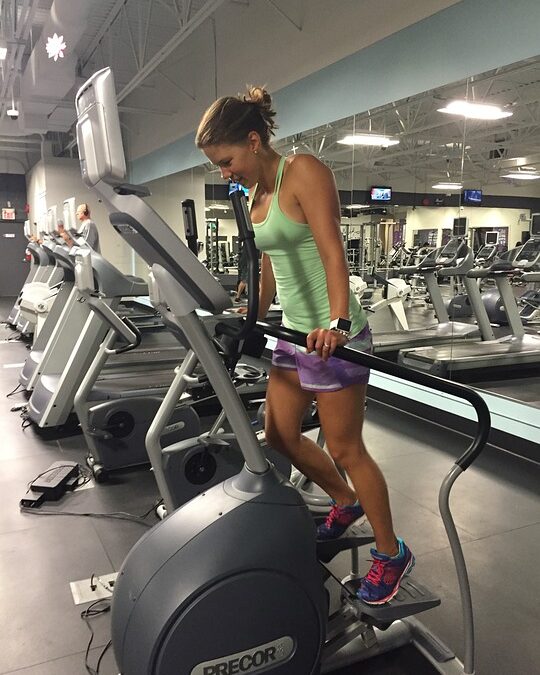Interval training, hands down, is the one exercise methodology that you should be incorporating into your routines. Every year, the single overriding request of my new clients is this: revamp my workout routine! Many come to me after years (sometimes even decades!) of doing the same old, same old.
 Generally, these clients ask for help accomplishing two goals: 1. getting more bang for their exercise buck by burning more calories and 2. shortening their workouts without sacrificing effort/rewards (burning those calories in less time). Most are surprised to discover that the best way to make these exercise goals a reality isn’t complicated or time-intensive. The answer lies in interval training.
Generally, these clients ask for help accomplishing two goals: 1. getting more bang for their exercise buck by burning more calories and 2. shortening their workouts without sacrificing effort/rewards (burning those calories in less time). Most are surprised to discover that the best way to make these exercise goals a reality isn’t complicated or time-intensive. The answer lies in interval training.
How Interval Training Works
What is interval training? Let’s look at an example. Rather than asking a client to steadily jog at 6.0 mph for an hour (and never changing the pace or the incline), I might challenge him/her to jog a flat at 6.0 mph for 3 minutes, up the incline and the speed dramatically for a minute, and then return to the 6.0 mph, flat run for three minutes. I may ask that same client to repeat this pattern of high and low effort multiple times.
This is interval training at its best—workouts characterized by short bursts of high-intensity efforts co-mingled with longer (but temporary) periods of active recovery. The high-intensity fast run with a steep incline is extremely difficult but I remind clients that they can do just about anything for a single minute at a time. The 6.0 mph flat run portion allows them to “rest” without actually stopping and significantly slowing their heart rate. The beauty of interval training (besides the obviously increased calorie burn and the shorter workouts) is that intervals can be performed in accordance with ANY cardio activity—skating, mountain biking, skiing, walking, running, biking—you name it.
Mixing It Up
By the same token, the length of the intervals and active recovery times, the perceived exertion of the intervals, and the total time of the interval/recovery workout are variable when it comes to interval training. There are potentially thousands of ways to mix up your tired, boring workouts and transform them into challenging routines.
Intensity of Interval Training
Interval training is intense, especially when you first start. Interval training should last approximately 10-15 minutes. As your body begins to adjust and gain strength, add one or two more rounds of intervals to your current cardio routine. As you get stronger, you can perform more intervals back to back.
The Aerobic Zone
If your typical workout involves running (or skating, snowshoeing, walking, etc.) for an hour or more as a means of cardiovascular training—you’re probably used to the aerobic zone. When you operate aerobically, the oxygen you breathe fulfills the needs of the muscles you use while you exercise. The oxygen helps convert carbohydrates (from various sources in your body) into energy that you use over time. That’s why you can swim, dance, run, and/or walk for minutes or even hours at a time.
The Anaerobic Zone
However, if you’re used to sprinting (or other intense but short-lived means of exercise), you’re accustomed to the anaerobic zone. Here, you get energy from the glycogen in your muscles. That’s why it is impossible to sustainably create anaerobic energy for more than a few seconds or minutes. Also, anaerobic activity leads to the production of lactic acid. This by-product makes your muscles sore. Interval training will expose you to both the aerobic and anaerobic zones.
Finally, if you’re hoping to burn more calories, interval training works. As a result of intervals, you not only burn more fat calories, but you also keep burning fat for up to three hours post-workout.
With interval training, you’ll be well on your way to a new workout and a new you!

